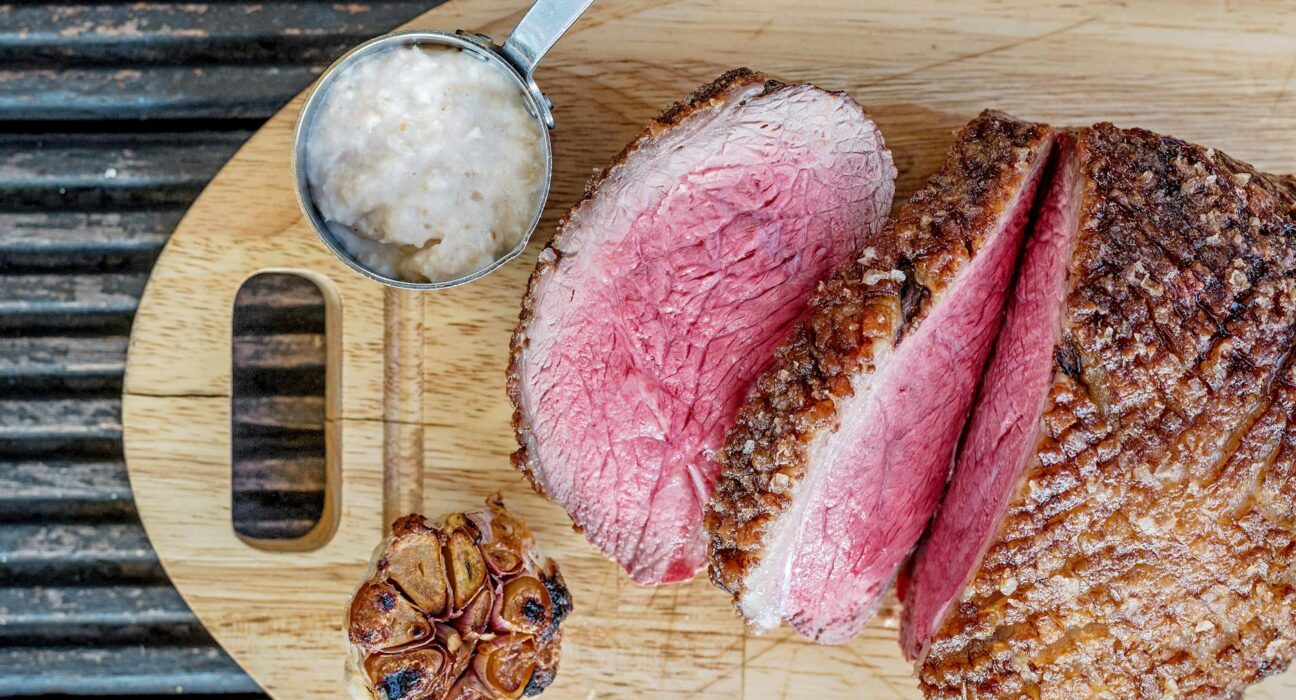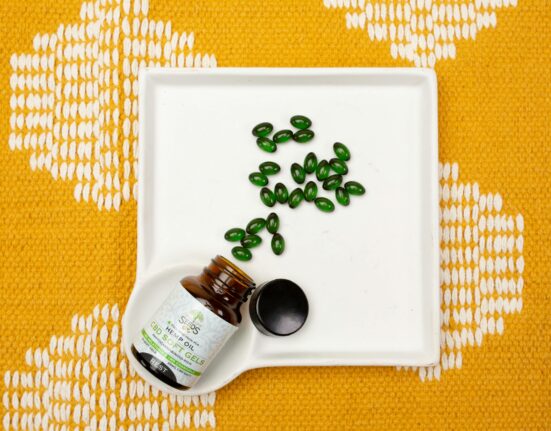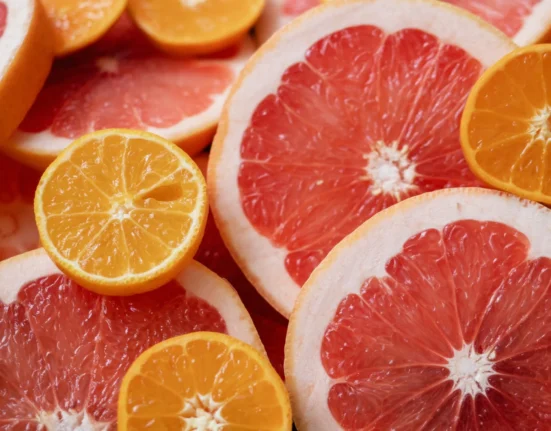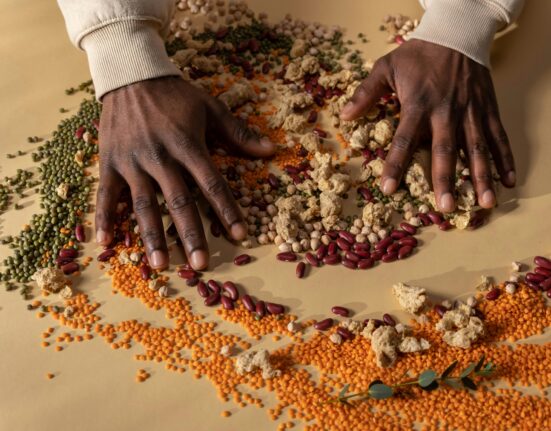Protein does more than build muscle—it fuels weight loss by keeping you full, boosting metabolism, and preserving lean tissue. Yet many people still underestimate how much they need or rely on processed substitutes instead of real, satisfying sources.
The right protein choices can turn cravings into steady energy and stubborn fat into lasting results. In this post, you’ll find simple ways to eat more of it without bland meals or complicated counting. Let’s fix the gaps in your plate—and your progress.
Why Protein is Key for Weight Loss
Protein isn’t just for bodybuilders—it’s a secret weapon for steady weight loss. If carbs and fats get most of the attention, protein works behind the scenes, turning up your metabolism, silencing hunger pangs, and protecting muscle so you lose fat instead of strength. Here’s why it should anchor every meal.
Protein Boosts Metabolism
Your body burns calories just by breaking down food—a process called the thermic effect. Protein takes more work to digest than carbs or fats. Think of it like a stubborn jar lid: your metabolism has to twist harder (burn extra energy) to unlock protein’s benefits. Studies show this can increase calorie burn by 15–30% compared to other nutrients. So, that chicken breast isn’t just protein—it’s a metabolism booster.
Protein Keeps You Full Longer
Ever eat a carb-heavy meal only to crave snacks an hour later? Protein flips the script. It lowers ghrelin (your hunger hormone) and boosts peptide YY (the “I’m satisfied” signal).
Here’s what happens:
- Digesting protein takes longer, stretching the time between meals.
- Balanced blood sugar means fewer energy crashes and impulsive bites.
A high-protein breakfast, like eggs or Greek yogurt, can cut evening cravings in half. It’s not willpower—it’s biology.
Protein Preserves Muscle Mass
Losing weight often means losing muscle, which slows metabolism over time. Protein acts like a shield, telling your body, “Burn fat, not muscle.”
This matters because muscle keeps your metabolism active, even at rest. More muscle means more calories burned daily—without extra exercise. Whether you prefer lentils or lean beef, protein ensures the scale shows fat loss, not just water or muscle loss.
The bottom line? Protein turns weight loss from a fight against hunger into a natural, sustainable process. Now, let’s make eating more of it effortless.
How Much Protein Do You Need?
Protein isn’t one-size-fits-all. Your ideal amount depends on what you weigh, how you move, and whether you’re aiming to lose fat. Too little, and you miss its hunger-control and muscle-saving perks. Too much, and you might crowd out other nutrients. Let’s break it down.
General Guidelines for Protein Intake
Most people need between 0.36 and 0.6 grams of protein per pound of body weight daily. But that’s just the baseline—activity changes the math.
Here’s how to adjust:
- Sedentary adults: 0.36–0.45 grams per pound (e.g., 55–68 grams for a 150-pound person).
- Active individuals or regular exercisers: 0.5–0.7 grams per pound (e.g., 75–105 grams for a 150-pound person).
- Strength trainers or athletes: 0.7–1 gram per pound (e.g., 105–150 grams for a 150-pound person).
Think of it like fueling a car. A compact sedan (sedentary life) needs less gas than a truck hauling heavy loads (intense training).

Photo by shattha pilabut
Adjusting Protein for Weight Loss Goals
Cutting calories? Protein becomes even more critical. When you eat less, your body looks for energy anywhere it can—including your muscles. Higher protein intake tells your body to tap into fat stores instead.
Aim for:
- Moderate calorie deficit: 0.6–0.8 grams per pound (e.g., 90–120 grams for a 150-pound person).
- Aggressive deficit or muscle preservation: Up to 1 gram per pound (e.g., 150 grams for a 150-pound person).
Protein also softens the blow of hunger when portions shrink. It’s the difference between feeling starved after lunch or comfortably full until dinner. Spread it across meals—30–40 grams per sitting—to keep the benefits steady.
Remember, these numbers aren’t strict rules. They’re starting points. Your energy levels, hunger cues, and progress will fine-tune the details.
Best Protein Sources for Weight Loss
Not all protein is created equal. Some sources keep you full longer, others fire up metabolism, and a few do both while fitting into your meals without fuss. Whether you prefer meat, plants, or dairy, choosing the right proteins makes weight loss feel less like a chore and more like a win.
Lean Animal Proteins
Animal proteins pack all nine essential amino acids your body can’t make—ideal for muscle repair and steady energy. They digest slowly, keeping hunger at bay without loading up on extra calories.
- Chicken breast: Low in fat, high in protein (about 31g per 100g), and endlessly versatile. Bake, grill, or shred it for salads.
- Turkey: Almost as lean as chicken, with a richer flavor. Ground turkey works in tacos or chili for a protein punch.
- Fish (salmon, cod, tuna): Salmon delivers omega-3s for inflammation control, while white fish like cod offers pure protein with minimal calories.
- Eggs: Affordable and packed with nutrients. The yolk holds vitamins D and B12, but egg whites are pure protein with almost no carbs or fat.

Photo by cottonbro studio
Plant-Based Protein Options
Plants deliver protein with fiber, vitamins, and antioxidants—a triple win for weight loss. They might lack some amino acids alone, but pairing them (like rice and beans) covers all bases.
- Tofu and tempeh: Soy-based with 10–20g of protein per serving. Tofu soaks up flavors, while tempeh’s nutty texture holds its own in stir-fries.
- Lentils: Cook fast, cost little, and offer 18g of protein per cup. Use them in soups or as a meat substitute in pasta sauces.
- Chickpeas: Roast them for crunch or blend into hummus. One cup has 15g of protein and 12g of fiber to squash cravings.
- Quinoa: A rare complete plant protein with 8g per cup. Swap it for rice or toss into salads for extra staying power.
Protein-Rich Dairy and Alternatives
Dairy provides whey and casein—proteins that digest at different speeds for long-lasting fullness. If dairy isn’t your thing, fortified alternatives fill the gap.
- Greek yogurt: Thick, creamy, and packed with 17g of protein per serving. Top with berries for a balanced snack.
- Cottage cheese: Slow-digesting casein makes it perfect before bed. Pair with pineapple or cucumbers for sweet or savory bites.
- Plant-based milk (soy, pea): Soy milk matches dairy’s protein (8g per cup), while pea protein milk rivals it without soy’s concerns. Almond and oat milks taste great but pack less protein.
The best protein sources don’t just hit your macros—they make meals satisfying and simple. Rotate through these options to keep your plate fresh and your progress steady.
Simple Ways to Eat More Protein
Getting enough protein doesn’t require complicated recipes or choking down bland meals. With a few smart tweaks, you can boost your protein intake naturally, keeping hunger in check and energy steady all day. Here’s how to make protein a seamless part of your routine.
Start Your Day with Protein
Breakfast sets the tone for hunger control. Skip the cereal crash and fuel up with protein-rich options that keep cravings at bay.
- Scrambled eggs: Quick, filling, and loaded with nutrients. Add spinach or feta cheese for extra flavor and staying power.
- Greek yogurt parfait: Layer yogurt with berries, nuts, and a drizzle of honey for a sweet yet protein-packed start.
- Protein smoothie: Blend almond milk, banana, peanut butter, and a scoop of protein powder for a drinkable breakfast that holds you over for hours.
Snack Smart with Protein
Snacking is where most diets fall apart. Swap empty calories for high-protein options that actually keep you full.
- Almonds or walnuts: A handful provides protein and healthy fats to curb mid-day hunger.
- Beef jerky: Portable, savory, and packed with protein—just watch for low-sodium options.
- Hard-boiled eggs: Prepped ahead, they’re a no-fuss snack with 6 grams of protein each.
- Protein bars: Choose ones with minimal added sugar and at least 10–15 grams of protein per bar.
Add Protein to Every Meal
Small upgrades to your usual meals can significantly increase protein without extra effort.
- Salads: Top greens with grilled chicken, chickpeas, or edamame instead of croutons.
- Pasta: Mix in ground turkey or lentils to bulk up texture and protein content.
- Oatmeal: Stir in a scoop of protein powder or top with Greek yogurt and nuts.
- Stir-fries: Use tofu, shrimp, or thinly sliced beef for an easy protein boost.
Protein doesn’t have to be a chore. With these simple swaps, you’ll eat more without thinking twice.
Common Protein Myths Debunked
Protein is powerful, but misinformation clouds its true role in weight loss and muscle growth. Some believe plant proteins fall short or that more protein always equals bigger muscles. Others fear it strains kidneys. Let’s separate fact from fiction so you can harness protein’s full potential—without the guesswork.
Myth: More Protein Means More Muscle Automatically
Eating extra protein won’t magically sculpt muscle. Like a car without an engine, protein lacks direction unless paired with resistance training. Your body uses protein to repair and grow muscle fibers damaged during exercise.
Key factors for muscle growth:
- Exercise stimulus: Strength training creates micro-tears in muscles, signaling the need for repair.
- Balanced diet: Carbs fuel workouts, fats support hormones, and protein rebuilds tissue. Skimping on any stalls progress.
- Timing: Spreading protein across meals (20–40 grams per serving) optimizes absorption better than one massive post-workout shake.
Protein supports muscle, but it’s the teamwork of movement and nutrition that delivers results.
Myth: Plant Proteins Are Incomplete
It’s true that most plant proteins (except quinoa and soy) lack one or two essential amino acids. But the idea that they’re “incomplete” is misleading. By pairing complementary sources—like beans with rice or hummus with whole wheat pita—you create a complete amino acid profile.
Plant-protein combos that cover all bases:
- Rice + black beans: A staple duo with all nine essential amino acids.
- Peanut butter + whole grain bread: Lysine (low in wheat) and methionine (low in peanuts) balance each other.
- Chickpeas + tahini: Blend them into hummus for a creamy, complete protein snack.

Photo by Daniel Torobekov
Myth: High Protein Diets Are Harmful
Concerns about protein harming kidneys often stem from outdated studies on people with pre-existing kidney disease. For healthy adults, research shows no damage from higher intakes.
What the science says:
- Kidney function: Healthy kidneys filter protein waste efficiently. Unless you have kidney disease, moderate high-protein diets pose little risk.
- Hydration matters: Extra protein increases water needs. Drinking enough fluids helps kidneys flush out byproducts like urea.
- Balance is key: Extremely high intake (over 2g per pound of body weight) long-term may stress kidneys, but most people never reach this threshold.
If you’re healthy, don’t fear protein. Listen to your body—excess usually signals with bloating or fatigue before causing harm.
Conclusion
Protein transforms weight loss from a battle against hunger into a natural rhythm. We’ve explored how it revs metabolism, silences cravings, and protects muscle, all while making meals more satisfying. The tips shared here—like starting your day with eggs, snacking smart on almonds, and pairing plant proteins—turn theory into effortless action.
Now it’s your turn. Pick one strategy to implement today. Maybe it’s swapping your mid-morning muffin for Greek yogurt, or adding lentils to your salad. Small changes stack into big results.
Weight loss isn’t about restriction; it’s about fueling smarter. Protein gives you the steady energy and lasting fullness to lose fat without feeling deprived. Here’s to stronger habits, better meals, and progress that sticks.








